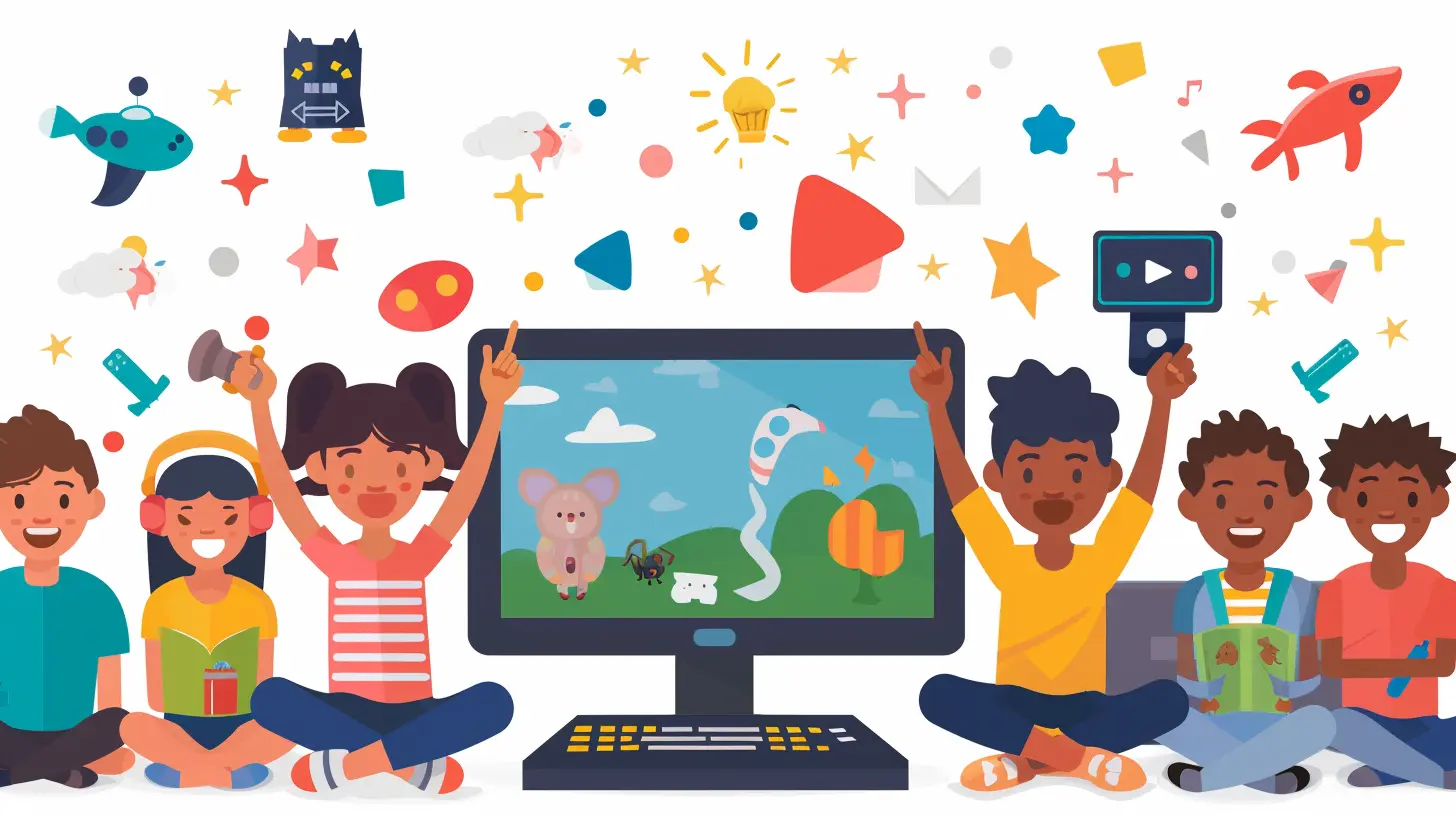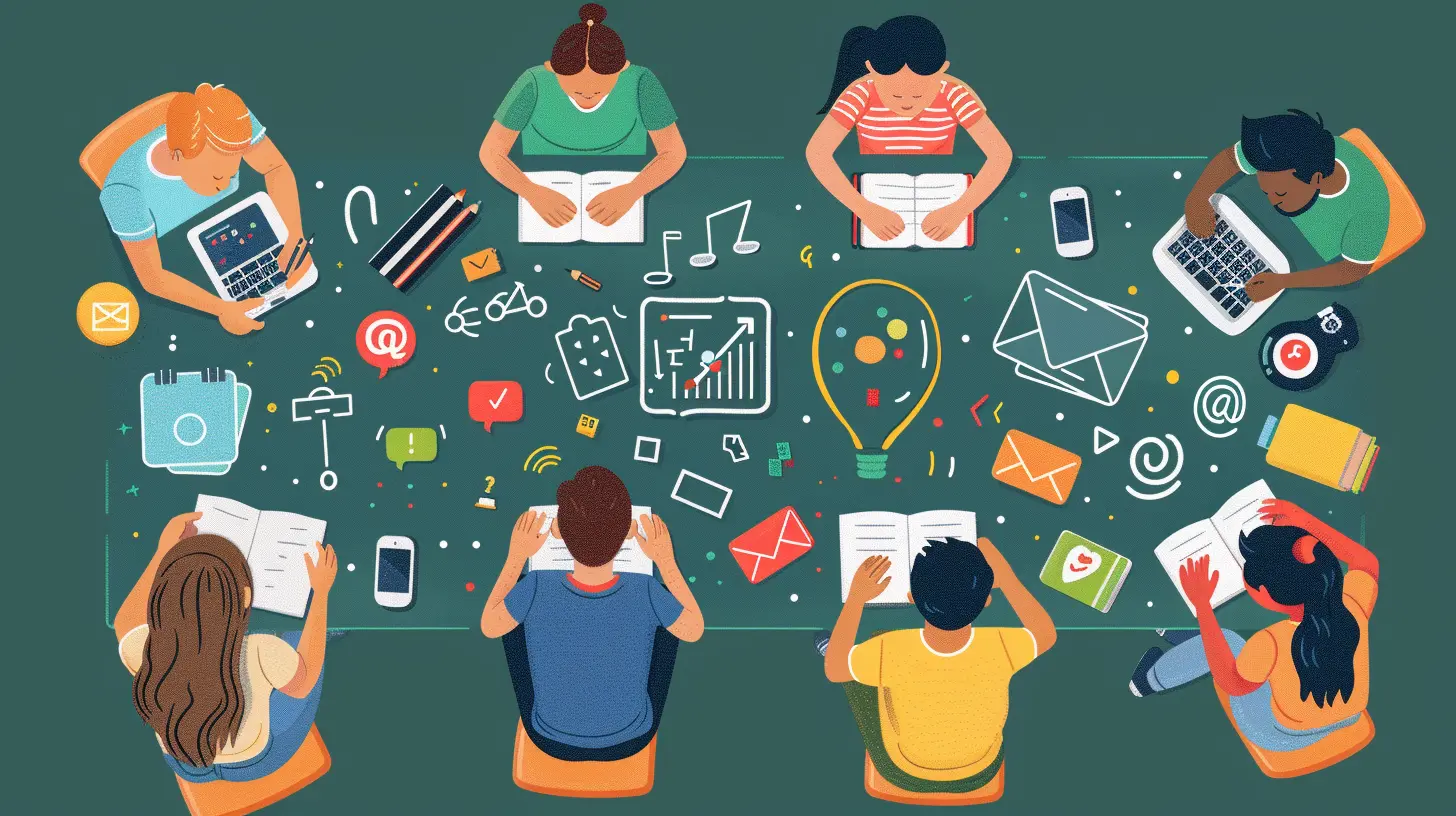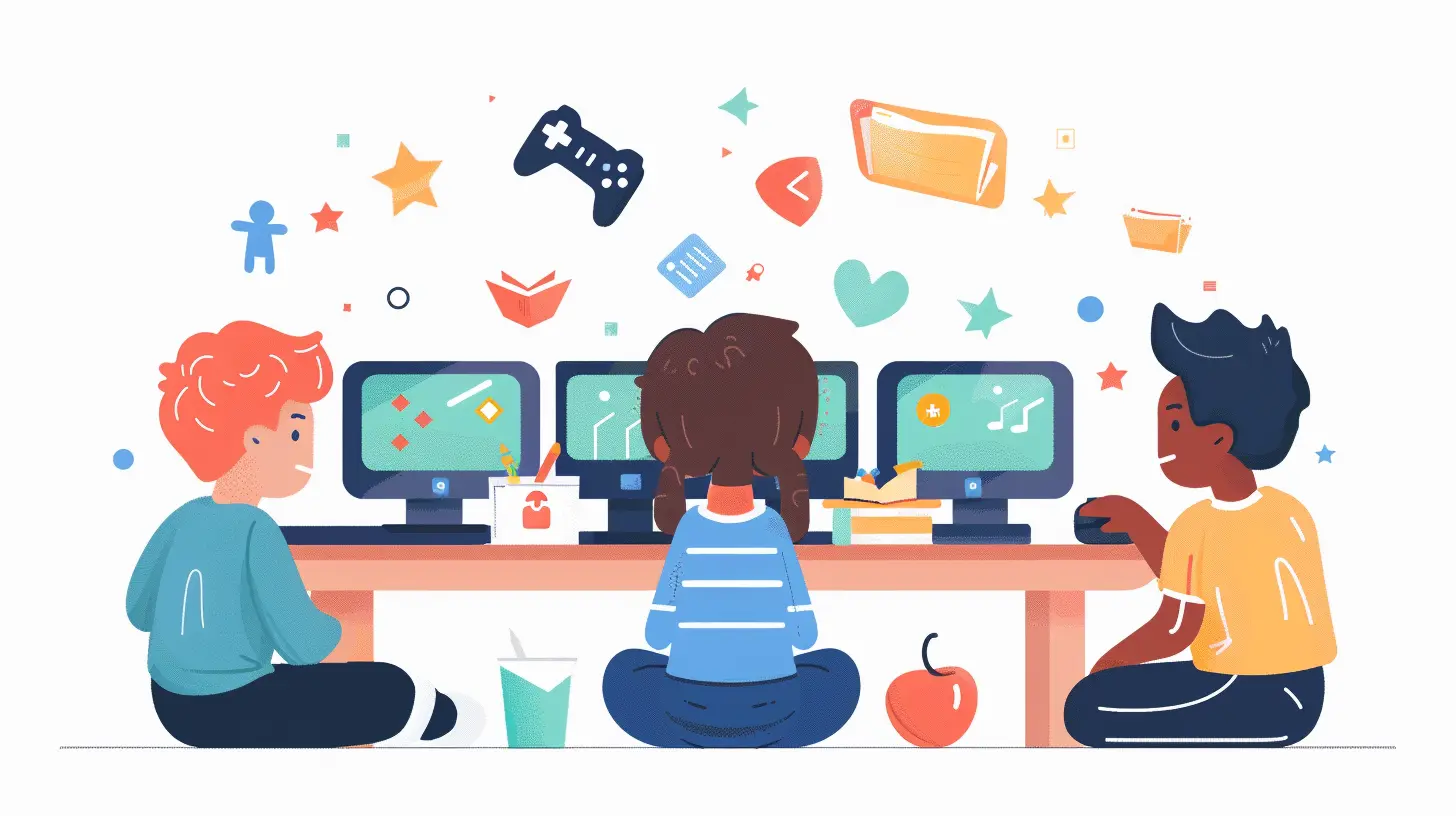The Role of Gamification in Enhancing Student Engagement
12 November 2025
Education has come a long way from traditional chalk-and-board methods. In today's fast-paced digital world, keeping students engaged is one of the biggest challenges educators face. That’s where gamification comes in. By integrating game-like elements into learning, we can transform classrooms into interactive and dynamic spaces where students are excited to participate.
But how exactly does gamification enhance student engagement? Let’s dive deep into this fascinating topic.

What is Gamification in Education?
Gamification is the process of using game design elements—such as points, rewards, challenges, and leaderboards—in non-game settings. In education, this means incorporating these mechanics into lessons to make learning more engaging and enjoyable.Picture this: A student usually dreads history class, but when their teacher turns it into a quest-based adventure, suddenly, they’re eager to participate. They earn points for answering questions, unlock achievements for mastering concepts, and compete with classmates on leaderboards. Sounds fun, right? That’s gamification in action!

Why Does Gamification Work?
So, what makes gamification such a game-changer (pun intended)? Here’s why it works:1. Boosts Motivation
Gamification taps into intrinsic and extrinsic motivation. Students feel rewarded for their efforts through points, badges, or recognition. It creates a sense of achievement, making them want to push forward and learn more.2. Encourages Active Participation
Traditional learning can sometimes feel like a one-way street with educators doing all the talking. But when learning feels like a game, students actively participate, engage in discussions, and even take charge of their progress.3. Fosters Healthy Competition
A little friendly competition can do wonders in education. Leaderboards and challenges encourage students to push their limits without feeling pressured. They strive to outperform their previous scores rather than simply memorizing facts.4. Enhances Retention and Understanding
Research shows that students grasp and retain information better when they’re actively engaged. By incorporating game mechanics, students associate learning with fun, which helps them absorb concepts more effectively.5. Provides Instant Feedback
Gamification allows students to receive real-time feedback. Whether it’s completing a quiz or solving a challenge, they immediately see the results. This helps them understand their mistakes, learn from them, and improve continuously.
Practical Ways to Implement Gamification in Education
Now, you might be wondering, "How can teachers actually implement gamification in a classroom?" Here are some practical strategies:1. Point Systems and Badges
Awarding students points for completing assignments or participating in class can create a rewarding experience. Introduce badges to recognize achievements like “Math Master” or “History Hero.”2. Leaderboards & Healthy Competitions
Displaying a leaderboard showcasing students' progress can inspire healthy competition. Just make sure it's encouraging and not discouraging. A leaderboard that highlights effort over raw scores can be a great motivator.3. Storytelling and Role-Playing Games
Transform lessons into adventure stories where students become characters embarking on quests. This is especially effective in subjects like history, literature, or even science, where storytelling plays a crucial role.4. Escape Rooms and Problem-Solving Challenges
Who doesn’t love an escape room challenge? Give students a set of problems they must solve to "escape" or unlock the next level. This method is fantastic for subjects like math and science, where critical thinking is key.5. Quests and Missions
Instead of routine homework or assignments, frame tasks as missions students must complete. For instance, a writing assignment could be framed as “Your mission is to write a compelling letter to a historical figure.”6. Virtual and Augmented Reality (VR & AR)
Imagine taking a virtual field trip to ancient Rome without leaving the classroom. VR and AR are reshaping education by making learning incredibly immersive. While not every school has access to such technology, even small interactive activities using apps can make a huge difference.7. Classroom Currency Systems
Think of it like Monopoly money but for learning. Students earn "classroom currency" for good behavior, participation, or outstanding work. Later, they can use their earnings to "purchase" classroom privileges or small rewards.
The Psychological Impact of Gamification
Gamification isn’t just about making learning fun—it also impacts students on a psychological level.- Triggers Dopamine Release: Every time students earn a reward or level up, their brains release dopamine—the feel-good neurotransmitter. This boosts motivation and keeps them engaged.
- Encourages a Growth Mindset: In gamified learning, failure isn’t final. Students learn that making mistakes is just part of the journey, promoting a growth mindset.
- Reduces Anxiety: Some students feel intense pressure with traditional testing. Gamification allows for a low-stress learning environment, where students can improve gradually without fear of failure.
Potential Challenges of Gamification
Of course, no approach is without its challenges. Here are a few pitfalls educators should watch out for:1. Overemphasis on Rewards – If students are only motivated by points or prizes, they may lose interest when the rewards stop. The goal is to make learning itself engaging.
2. Unequal Participation – Some students might dominate leaderboards while others feel discouraged. It's essential to balance competition with collaboration.
3. Complexity and Time-Consumption – Implementing gamification effectively requires planning. Overcomplicating things can make it too distracting rather than beneficial.
The Future of Gamification in Education
With technology evolving faster than ever, gamification in education is only going to get better. Artificial intelligence (AI) and machine learning can make personalized gamified learning experiences a reality, adapting to each student’s pace and strengths.Moreover, as VR, AR, and online learning expand, gamification will blend seamlessly into digital classrooms, creating truly immersive learning experiences.
One thing is clear—education is no longer confined to textbooks and lectures. It’s interactive, engaging, and fun!
Conclusion
Gamification has the power to transform education by making learning more engaging, interactive, and enjoyable. It goes beyond just playing games—it taps into psychology, motivation, and the innate human desire for achievement.When done right, gamification keeps students excited to learn, helps them retain information better, and fosters a genuine love for education. Whether through point systems, storytelling, or escape rooms, educators have an endless array of tools to make classrooms more dynamic.
So, should gamification be a part of modern education? Absolutely! It’s time to level up learning and make education an adventure worth embarking on.
all images in this post were generated using AI tools
Category:
Student EngagementAuthor:

Zoe McKay

